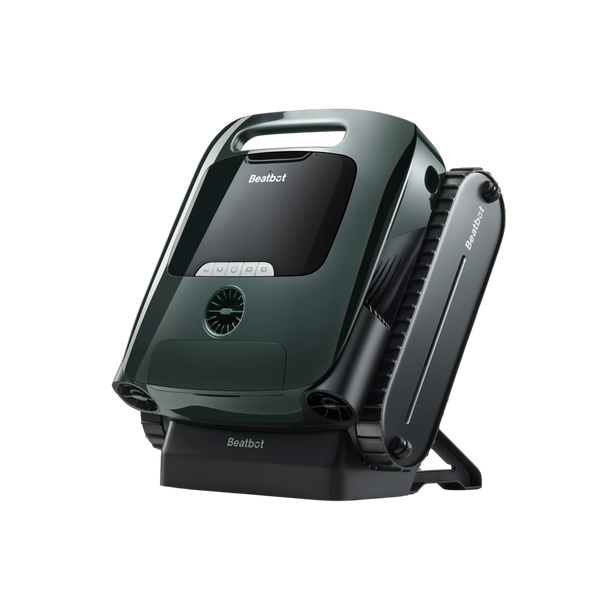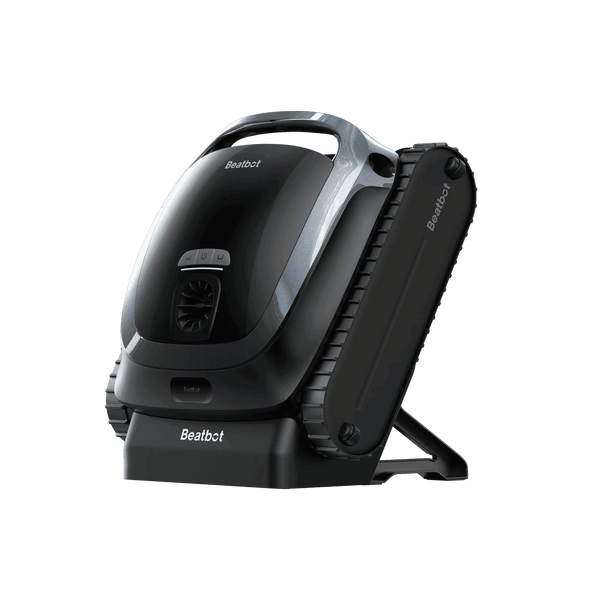A Clear Guide to Detect and Solve Pool Pump Pressure Issues
Pool pumps are essential for maintaining clean and clear water in swimming pools. They circulate water through the filtration system, ensuring that the water is free from debris and contaminants. However, various issues can arise that affect the pump's pressure, impacting the pool experience. This detailed guide aims to help you identify and resolve pool pump pressure issues.
Table of content

Basic Knowledge of Pool Pump Pressure
Pool pump pressure refers to the force generated by the pump to push water through the filtration system. For most pool pumps, the ideal pressure range is 10 to 20 psi. This pressure range ensures efficient water circulation and filtration while preventing the pump from overloading.
What Are Common Pool Pump Problems
For those of us that have a pool, pump performance problems may include:
- Low water flow: can be described as weak jet streams, no water circulation, and minimal skimming of surface debris These can include a dirty filter, air in the system or even a blocked pump.
- Pump Won't Start: The motor shaft of the pump is not turning because of debris obstructing the motor or a bad capacitor. If it hums but doesn't turn, it's often a capacitor.
- Water Leakage Around Pump: Inspect for water leaking from pump body or piping. It could also be a sign of worn out seals or a cracked casing on the pump itself.
- Uncommon Sounds or Vibration: Uncommon sounds or vibration in the pump during function may sign broken bearings, misaligned motor shafts, or particles in the pump.
Causes and Solutions of Drop in Pressure in Pool Pump
It is very important for the efficiency of the pump in circulating and filtering the water of your pool to keep the correct pressure in your pool pump. If the above-mentioned pressure reduces, it can result in low water quality and results in unsatisfactory swimming experience. This is the complete guide on why pool pump pressure drops and how you should fix them.

Clogs In Your Intake Or Discharge Pipes
The most common reason for decreased pressure is the clogged pipes. Over time, debris like leaves and smaller particles can collect, limiting water flow. To resolve this issue:Check and Clean — At regular intervals check the intake and discharge pipes for blockages. Use a pipe cleaner or the garden hose to get any debris that may be blocking the pipes.
Worn or Broken Pump Parts
We know that the pump has mechanical components which eventually wear down or get damaged, affecting its normal functioning cycle.Routine Inspections: Inspect the pump impeller, casing and other components for wear or damage.Immediate Replacement: Any component that is damaged or not working properly should be replaced right away so that the efficiency of the pump can return to normal.
Inadequate Or Unstable Motor Power
A low-quality power supply can easily cause huge damage to the pump because the motor connected to the pump should always have a steady and sufficient power supply.Check the Power Supply: If the motor is starved for power or the voltage is unstable, check the power supply to make sure it meets the pump specifications.Electrical: If your unsure about the power supply or need to upgrade electrical, then get an electrician in.
Improper water level adjustment
Wrong water levels will interfere with the pump's U-shaped car that will suck water.Level the Water: Check that the water is at a proper level so that the pump is fully submerged and has no blockages at the outtake.
A Cracked Seal or a Leaking Pump Body
If there are any leaks in the pump, there will be a significant drop in pressure, as water escapes from the system.Seal Replacements: Water will leak through broken seals and pressure will be lost in the system so make sure you will replace them.Pump Leak Repair or Replace: If the pump body is leaky, it should be repaired or replaced to maintain the integrity of the system.
Wrong Pump or Wrong Season
If you have the wrong size pump for your pool or the wrong kind of pump for your operating conditions, you may experience performance problems.Use the correct nutrition: Use a pump that fits the scale of your pool and design of environmental conditions at the time of functioning.If you are not sure about which pump is right for you, ask an expert.
Effective Tips On Pump Maintenance In Swimming Pools
Regular maintenance is essential to avoid pressure drops and reduce the lifespan of your pool pump.
Clean/Change Filter on Schedule:
A dirty filter can create a major drop in pressure. Change the filter if necessary to ensure it is doing its job.
Pump Seal Inspection:
Examine the seals within the pump and change them as soon as possible after signs of wear appear.
Check Electrical Parts:
Keep motors and electrical connections free of corrosion.
Piping and Valves Inspection:
Ensure that all pipes and valves are clear and leak-free, and provide regular checks on valves to ensure they function properly.If you want to pinpoint and troubleshoot pool pump pressure issues, the step-by-step instructions will help you realize a clean, fun pool for your swimming crew. Taking care of these probable issues right when they arise could assist you maximize their lifespan for your pump, and preserve your swimming pool water in terrific circumstance. A well-running system is one that gets proper care, has regular routine inspections, and quick diagnosis of problems.
Relative Blogs
About the author



















